Rare Rides Icons: The Lincoln Mark Series Cars, Feeling Continental (Part XXXI)

During the mid-Seventies, the design team at Lincoln had a tall order in regard to the upcoming 1980 Mark VI. The all-new coupe would need to continue the PLC styling tradition of the Mark III, IV, and V, the former of which dated back to 1968. But for the first time, Mark’s "large and in charge" styling would be applied to a much smaller car. For an added challenge, Lincoln’s brass decided the Mark’s ethos needed conversion onto a sedan. Let’s see how it went.
The Mark VI sought to maintain the same long, low, and sleek shapes as the Mark V, but in a smaller, healthier serving size. First and foremost: The chrome waterfall grille. The grille with its polished slats was ported almost directly from Mark V to VI. Similarly preserved was the Mark V’s chrome bumper design, though it was less of a protrusion on the Mark VI and had better integrated vertical bumper guards. Credit that change to a platform and body designed after five mile-per-hour bumper regulation.
As a whole, the front clip of the Mark VI did a good impression of the Mark V. The lidded headlamps were retained, and their Continental script was in the exact same place as 1979. Clear corner markers still wore a Lincoln logo, and lower cornering lamps looked identical to those of the Mark V - the assembly simply resided in a front overhang that was much shorter than in 1979.
Aft of the front end copy paste, shorter and smaller were the most important Mark VI descriptors. The wrap-around bumper met with side body molding, as it did on Mark V. But the trim was thinner given the big reduction in metal along the side. Body trim wrapped over the wheel arches in chrome like before, and returned to a colored strip in between the wheels. Wheel designs were carryovers from 1979, and included turbine alloys and faux wire wheel covers.
Behind the front wheel fender vents made another appearance, equally as nonfunctional as the Mark V. In their newest implementation, the Mark VI’s vents received their own chrome detailing to help them stand out on the body. Suitably a new fuel injection badge appeared, with “ELECTRONIC FUEL INJECTION” spelled out in capital letters. No carbs here, old-timers.
New on Mark VI was an optional chrome trim plate. It ran the length of the Mark VI just under the body molding and added much additional flash should the customer desire. Given that chrome was very popular in the early Eighties this trim was often selected and was available on two- and four-door models.
The trim all worked together in its attempt to make the Mark VI look as long as the Mark V. Mark VI also replicated sharp fender lines, a full-length horizontal character line, and familiar front, side, and indeed opera windows. But there were differences: Shorter overhangs front and rear could not disguise a car that was two feet shorter than its predecessor.
Window openings were different from Mark V, as the Mark VI had a structurally necessary B-pillar. That made it the first Mark that was arguably more a two-door sedan than a coupe, and ended a longstanding hardtop tradition. Part of the sedan appearance was down to the roof design. It was much more upright, formal, and Continental Coupe-like than any previous Mark.
With less sweeping real estate to cover, Lincoln’s designers fit as many expected Mark styling cues as possible to the VI’s rear end. Like the front lighting, the brake lamp arrangement of the Mark V returned as best it could for Mark VI duty. Though the new Mark’s brake lamps were the same design as the Mark V, they had one fewer segment (four instead of five). Next to them were red horizontal reflectors like the Mark V, applied next to the requisite Continental tire hump.
The design impact of the Continental hump was reduced even further in 1980, after a notable previous reduction between Mark IV and V. On VI the shape of the hump angled forward and carried into the shape of the trunk lid to a minimal extent. Its edge protruded less than on Mark V, though it still wore the same chromed emblem and lettering decorations as its predecessor.
Elsewhere at the rear, Mark VI aped its older brother as much as possible. Trim and reversing lamps were all in the same place and design as in 1979. The rear bumper of the Mark VI looked more modern, however, as it eliminated the bumper guards and pointed chrome of the prior year. Those guards and pointed corners were no longer necessary to comply with impact standards, so there was little point in keeping them.
At this point we need to address the four-door elephant in the room, the Mark VI sedan. In a cynical marketing moment for a “line of Marks,” the Mark VI sedan was a light rework of the 1980 Continental sedan. It did not share a wheelbase or its major body panels with the Mark VI coupe, but instead added Mark touches to the top-tier Continental Town Car.
Those changes included covering the lamps of the Town Car with Mark VI headlamp doors, and the addition of some screw-on fender vents. Lincoln also reworked the rear side window, and edited it from the vertical rectangle of the six-window Continental to an ovoid opera window.
Most of the (low effort) transformation work occurred at the rear end, where a Mark VI coupe’s rear clip took the place of the arguably more dignified and heckblended rear end of the Continental. The swap included the Mark VI coupe’s bumper and rear lamps, as reversing lamps awkwardly relocated to the bumper. The Continental had a cleaner look, with an integrated reversing lamp placed in the heckblende.
And that was about it regarding exterior revisions necessary to create a Mark VI sedan: front headlamp doors, opera window, and rear clip. Hey presto, Mark VI sedan! We’ll find out later just how consumers felt about a four-door Mark. In our next entry, we’ll take a look at the interior of the new Mark VI, and see the differences to its predecessor and similarities to its Continental sibling.
[Images: Dealer, Seller, Ford]
Become a TTAC insider. Get the latest news, features, TTAC takes, and everything else that gets to the truth about cars first by subscribing to our newsletter.

Interested in lots of cars and their various historical contexts. Started writing articles for TTAC in late 2016, when my first posts were QOTDs. From there I started a few new series like Rare Rides, Buy/Drive/Burn, Abandoned History, and most recently Rare Rides Icons. Operating from a home base in Cincinnati, Ohio, a relative auto journalist dead zone. Many of my articles are prompted by something I'll see on social media that sparks my interest and causes me to research. Finding articles and information from the early days of the internet and beyond that covers the little details lost to time: trim packages, color and wheel choices, interior fabrics. Beyond those, I'm fascinated by automotive industry experiments, both failures and successes. Lately I've taken an interest in AI, and generating "what if" type images for car models long dead. Reincarnating a modern Toyota Paseo, Lincoln Mark IX, or Isuzu Trooper through a text prompt is fun. Fun to post them on Twitter too, and watch people overreact. To that end, the social media I use most is Twitter, @CoreyLewis86. I also contribute pieces for Forbes Wheels and Forbes Home.
More by Corey Lewis
Latest Car Reviews
Read moreLatest Product Reviews
Read moreRecent Comments
- Lorenzo If it's over 30 years old and over 80k miles, and not a classic, it's a parts car, worth no more than 20% of original price.
- Dusterdude No mileage noted on a 33 year old car means likely well north of 300k + miles , along with issues noted , should equate to an ask price of less than $3k
- Ajla IMO, something like this really should be naturally-aspirated.
- Kjhkjlhkjhkljh kljhjkhjklhkjh Unless they are solid state batteries you BAN THEM. I like EVs... but EVs like to burn ... for days
- Kjhkjlhkjhkljh kljhjkhjklhkjh uh .. it looks like a VW golf got the mumps



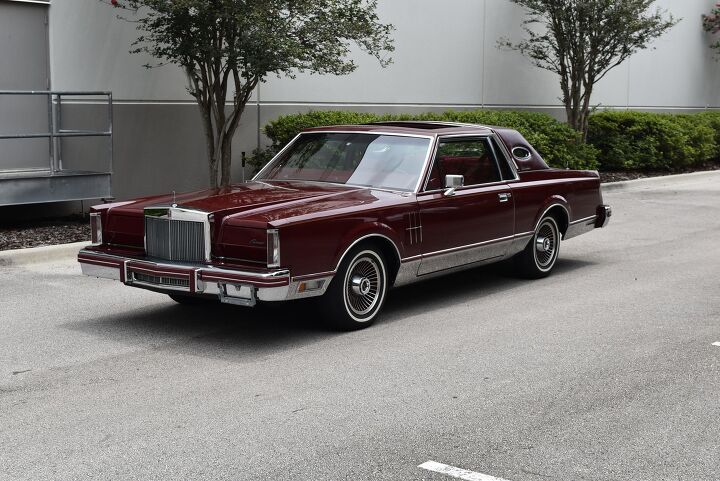


























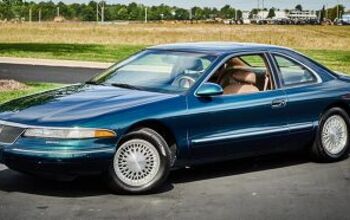
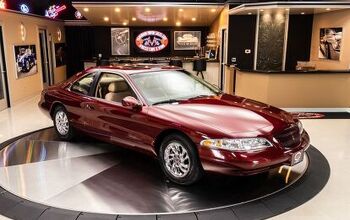
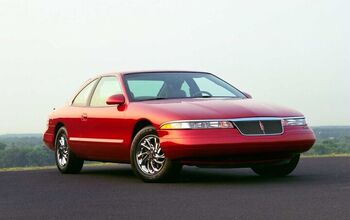
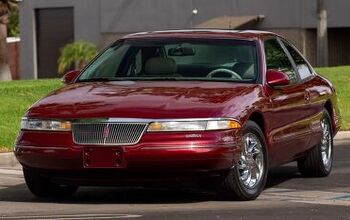
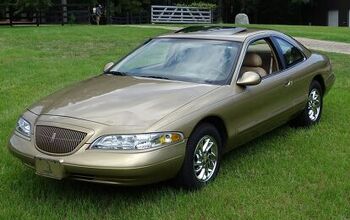










Comments
Join the conversation
The only one of thes I do not like is the two door coupe with the puffy vinyl top. I'd rather have one of these with the 302 (my favorite engine anyway) than the previous gen with a 174 horsepower 400. Those turbine wheels are one of Ford's best designs.
The Canadian Mark VI's had the "Electronic fuel injection" badge on the side, but had the Ford Variable Venturi carb. The Canadian brochure for these cars does not have the portion about EFI that the US brochures have. A bit of false advertising for sure.
I've seen a number of these cars up to 1983 and none of the Canadian market cars had EFI. The US cars had a crank triggered ignition systenm, the Canadian cars had the Duraspark just like the carbed Ford and Mercury Panthers.